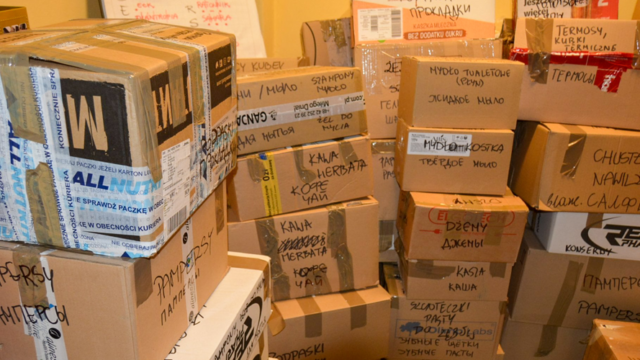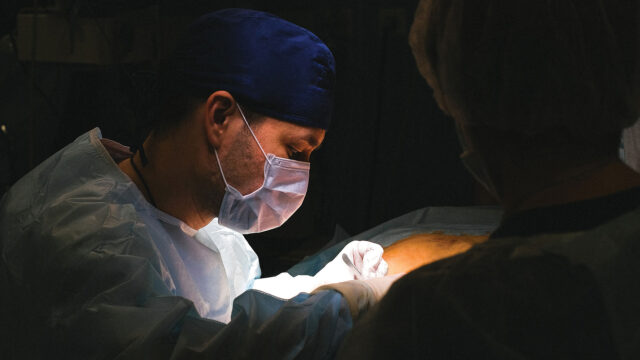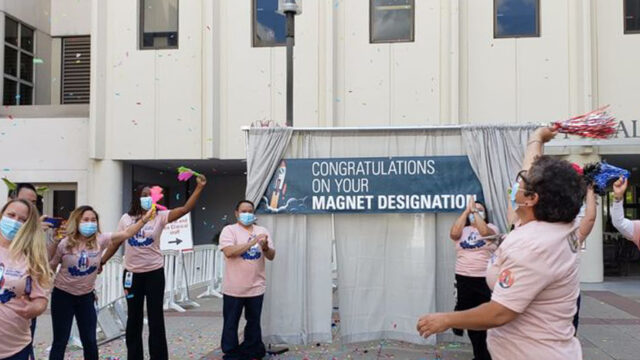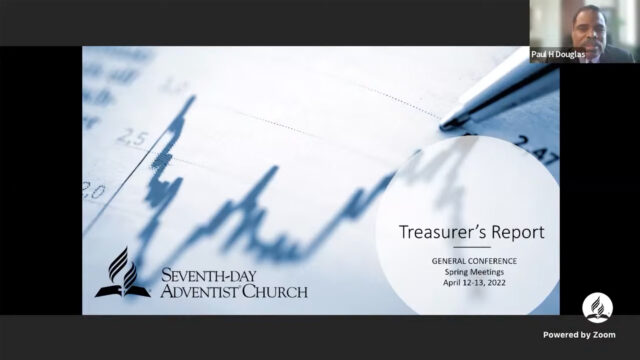Peer-reviewed research highlights findings of decades of dinosaur bone excavation.
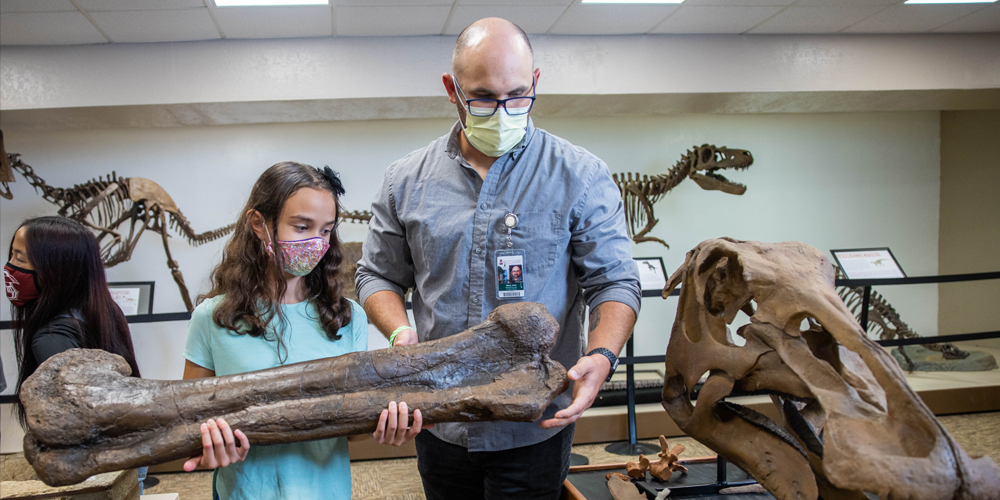
Every summer, Jared Wood, director of the Dinosaur Science Museum at Southwestern Adventist University (SWAU), and Arthur Chadwick, director of the Dinosaur Excavation Project at SWAU, along with Keith Snyder, chair of the biology department at Southern Adventist University, lead a dinosaur dig at the Hanson Ranch in Wyoming, United States. The dig is an ongoing collaborative research project, and these scholars have gathered a large amount of data over the years.
Their research has led to the publication of a paper titled, “Over 13,000 elements from a single bonebed help elucidate disarticulation and transport of an Edmontosaurus thanatocoenosis” for PLOS One, a peer-reviewed, open-access scientific journal published by the Public Library of Science (PLOS).
The paper represents approximately 20 years of research by the SWAU Dinosaur Science Museum and the Dinosaur Research Project that takes place every summer in Wyoming. Students and members of the community can take part in the research project. SWAU became involved in the project in 1997 and began offering a dinosaur class two years later. In 1999, Arthur Chadwick was the first SWAU professor to work on the research project, and Wood now leads the work after becoming director in 2018.
The primary research objective of the paper is a taphonomic examination of the deposit. Taphonomy is the study of what animals were doing when they died, how they died, and what happened after they died. High-precision GPS equipment is used to catalog every bone’s location within a centimeter to learn more about how the bones ended up in their final locations.
“Everyone wants to know how thousands of bones ended up in one location. We are finally able to give them a scientific explanation,” Wood said. “This paper will change how bonebeds are studied and remain important for years to come. It already has close to 3,000 views on PLOS One’s website, which is crazy!”
The paper describes the method used for excavation and details the types of bones that have been found on the Hanson Ranch bonebed. The large number of recovered fossils has brought deeper insight into how so many bones ended up in one location. The authors hypothesize that all of the dinosaurs excavated from the main bonebeds were killed in one catastrophic aquatic event and subsequently relocated by a secondary event. Similar bonebeds deposited by flood events have also been documented in Canada.
As curator and director of the Dinosaur Science Museum located on the SWAU campus, Wood handles the logistics associated with operating the dig in Wyoming. Every summer, Wood and Chadwick spend a month in Wyoming leading a team of students and community members who contribute to the project.
The Dinosaur Science Museum features bones found during those summer digs and includes a catalog featuring every bone in the collection.
Further research will be conducted on other quarries located at the ranch in Wyoming, which means other species will be studied in the same way.
Southwestern Adventist University is a Seventh-day Adventist school in Keene, Texas, United States.
The original version of this story was posted on the North American Division news site.


